Battle of the Nuts: Which nuts are the most healthy?
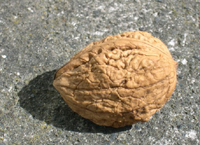 Well since my last post about berry nutrition, I thought it would be a good idea for us to examine other foods with the same regard to our health and what they have to offer. Nuts are often a go to snack for those of us on the road. Although there are some things similar between the various nuts we often consume, there are also some differences.
Well since my last post about berry nutrition, I thought it would be a good idea for us to examine other foods with the same regard to our health and what they have to offer. Nuts are often a go to snack for those of us on the road. Although there are some things similar between the various nuts we often consume, there are also some differences.
Nuts are touted to be high in protein, but the reality is that while they do have protein it is incomplete. Incomplete proteins are missing one or more of the vital essential amino acids we cannot live without. What nuts are missing is the amino acid lysine. In order to create a complete amino acid profile, nuts would need to be mixed with foods high in lysine, such as grains.
Per ounce, nuts do not pack as much protein as we might think. A standard serving of nuts will offer an average of 5 grams of protein. For comparison, one whole egg has 6 grams of complete protein and an ounce of chicken has about 9 grams of complete protein. However, this comparison must also be countered with the convenience of nuts if we are thinking of nuts as a take with us sort of snack. Nuts will not need to be refrigerated and they have a long shelf life.
Safely Preparing Nuts for Eating
 One thing we need to keep in mind is that nuts naturally contain phytic acid. Plants use phytic acid as the storage form of phosphorous.
One thing we need to keep in mind is that nuts naturally contain phytic acid. Plants use phytic acid as the storage form of phosphorous.
Humans are not good at digesting phytic acid while some animals like cows and sheep have no problem with this. Phytic acid can cause problems by binding to minerals such as iron and zinc which keeps us from absorbing them. Phytic acids also interferes with digestive enzymes involved in breaking down proteins and starches.
We are able to tolerate small amounts of phytic acid without problems. We should strive to limit our phytic acid exposure to under 400 mg per day. Keep in mind that some other foods we eat also have high sources of phytic acid, such as grains and legumes like soy.
If you want to reduce your phytic acid exposure from nuts then choose those that have been prepared by soaking and roasting. Nuts that are soaked for at least 12 hours and then subjected to low temperature dehydration prior to roasting will have a large portion of their phytic acid eliminated.
How to Soak and Dehydrate Nuts and Seeds
- Start with about 4 cups of any raw, organic nut or seed. Place this in a large glass container and cover with water. Cover the container with a lid. For taste you can add about a tablespoon of salt, but this will not effect the process either way. Let this sit for at least 12 hours (Start this in the evening when you get home and it should be ready by morning time).
- Rinse the nuts in a colander and spread onto a cookie sheet.
- Preheat the oven to 150 degrees and place the nuts on the sheet in the oven for 12 to 24 hours until they are crispy. A food dehydrator makes this step much easier.
- Cool completely before storage
Omega 3 Fatty Acids and Nuts
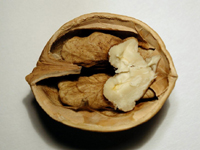 Nuts are touted for containing Omega 3 Fatty Acids which are essential for our nutrition. The Omega 3 fatty acids help to reduce inflammation body wide and also are known to reduce cholesterol. Some nuts have greater amounts of Omega 3 than others, so we will be comparing this for each nut.
Nuts are touted for containing Omega 3 Fatty Acids which are essential for our nutrition. The Omega 3 fatty acids help to reduce inflammation body wide and also are known to reduce cholesterol. Some nuts have greater amounts of Omega 3 than others, so we will be comparing this for each nut.
Comparing the Nuts
I thought I would compare several common and easy to find nuts. These include almonds, Brazil nuts, cashews, Macadamia nuts, pecans, pistachios and walnuts. For a basis of fair comparison all nuts are evaluated as a 1 ounce serving.
Protein Evaluation
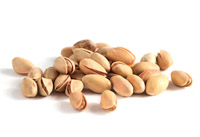 The winner in the protein category was a tie between almonds and pistachios, each containing 6 grams of protein per one ounce serving. Cashews, Brazil nuts and walnuts all tied for second with 4 grams of protein per serving and pecans came in last with just 3 grams per serving.
The winner in the protein category was a tie between almonds and pistachios, each containing 6 grams of protein per one ounce serving. Cashews, Brazil nuts and walnuts all tied for second with 4 grams of protein per serving and pecans came in last with just 3 grams per serving.
Fat Evaluation
The winner in the fat category is the nut with the least amount of fat per one ounce serving and that was a tie between cashews and pistachios with 13 grams per serving. Almonds came in second with 15 grams of fat per serving and macadamia nuts and pecans tied for last with 21 grams per serving.
Omega 3 Fatty Acid Evaluation
 The clear winner by a long shot in the Omega 3 category was walnuts with a whopping 2542mg per one ounce serving. Pecans came in a distant second with 278mg and the worst in this category was almonds with only a trace amount per serving.
The clear winner by a long shot in the Omega 3 category was walnuts with a whopping 2542mg per one ounce serving. Pecans came in a distant second with 278mg and the worst in this category was almonds with only a trace amount per serving.
Phytic Acid Evaluation
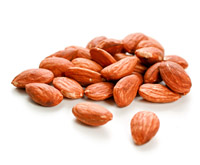 Here again we are looking for the nut with the least amount of this category and that winner is macadamia nuts with 346 mg per 1 ounce serving followed closely by pistachios with 390 mg. The highest amount was found in almonds with 1221mg per one ounce serving. The amount in almonds represents raw version of the nut with the skin.
Here again we are looking for the nut with the least amount of this category and that winner is macadamia nuts with 346 mg per 1 ounce serving followed closely by pistachios with 390 mg. The highest amount was found in almonds with 1221mg per one ounce serving. The amount in almonds represents raw version of the nut with the skin.
Overall Winner of the Battle of the Nuts
The nut that came in a winner in two categories was pistachios in both protein and low fat. Pistachios also came in second in low phytic acid amounts. Cashews tied for first place in low fat and came in second protein. Walnuts got a major win in omega 3 and a second in protein. Almonds came in tied for first in protein and second in low fat but clearly lost in the omega 3 and phytic acid categories.
First place overall = Pistachios
Second place overall = Cashews
Third place overall = Walnuts
Here are the details of all the nuts reviewed:
Almonds (22 nuts per ounce) – 6g protein, 12g fat, trace -omega 3, 1221mg phytic acid
Brazil Nuts (6 nuts per ounce) – 4g protein, 19g fat, 5mg omega 3, 828mg phytic acid
Cashews (1 ounce) – 4g protein, 13g fat, 45mg omega 3, 646mg phytic acid
Macadamia nuts (10 – 12 per ounce) – 2g protein, 21g fat, 55mg omega 3, 346mg phytic acid
Pecans (1 ounce) – 3g protein, 21g fat, 278mg omega 3, 665mg phytic acid
Pistachios (49 nuts per ounce) – 6g protein, 13g fat, 74mg omega 3, 390mg phytic acid
Walnuts (english) (14 halves per ounce) – 4g protein, 18g fat, 2542mg omega 3, 861mg phytic acid
Keep in mind that you can lower the amount of phytic acid by soaking and roasting these nuts which will improve digestibility as well as reduce any interference with mineral absorption.



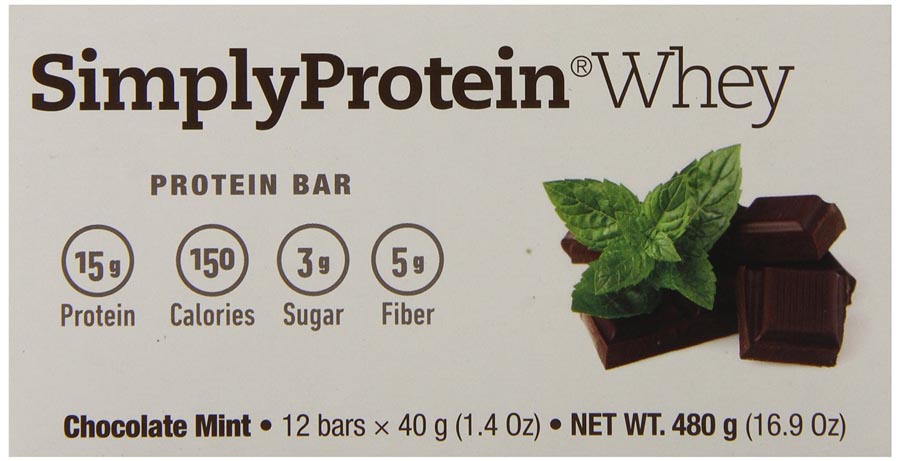


chestnuts should come first, hardly any phytic acid (47mg)
Hi Paul,
You make an excellent suggestion. Here is the rundown on chestnuts:
Chestnuts (per ounce) – .9g protein, .6g fat, trace -omega 3, 13.6mg phytic acid
This would put them a little low in the protein and low in Omega-3 consideration in my list, however, they are very low in fat and one thing not considered in my comparison would be how much carbohydrate these nuts offer: 15g per ounce (3 grams of that sugar). I agree that chestnuts are a worthy contender. It is probably time for me to do another nut comparison with some different focus points. Thanks for you comment!
Just for those wanting to maintain good muscle mass, or build extra muscle: Pistachios, almonds, walnuts and peanuts may lower free testosterone and DHT – this could make it hard to build muscle:
https://www.anabolicmen.com/nuts-testosterone/
On the other hand Brazil nuts and Macadamias are potential boosters.
This is definitely something else to consider for some. Thanks for your comment.
hey, do you know if the water for soaking needs to be warm or not? iv been using cold for a while now and im a bit worried iv been wating my time i eat a lot of nuts. kind regards michael
Hi Michael,
Sorry for the long delay in response. The water for soaking can be any temperature. If it is warmer it might speed up the process, but it should be fine even if it is cold.
– Julie